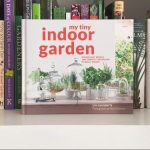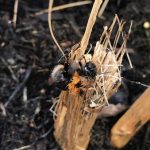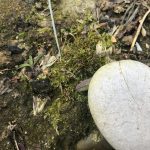As the nights draw in and the temperatures turn colder, there’s a sudden sense that the gardening marathon is over for another year. Kinda. If I’ve fallen exhausted onto the floor (and I have), it’s only to land on the starting block ready to crack on again, trowel in hand.
In fact, as much as I love the Dahlias which are still blasting away full throttle as we enter November, I really need a frost so I can clear them away… Sacrilege I know. But some are so ginormous, they’ve really outgrown their plots and I need space to plant tulips and wallflowers.
One lesson to take into 2016 is to shoot for smaller plants. I had no idea some Dahlias would just grow, and grow, and grow with seemingly no limits!
October has been an enjoyable month as we finally had some use of the garden again as the building work draws to a close, and many of the late season flowers (especially Dahlias and Salvias) are packing their biggest punch right now. Most of October has merely involved deadheading and watering pots during dry spells. The garden has never looked so floriferous, nor so overgrown.
Planting the white spring garden
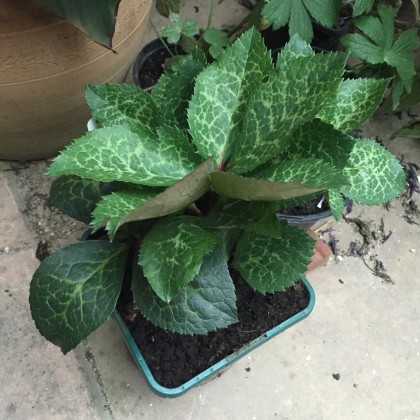
In the last couple of weeks I’ve been prepping more for the white spring garden, including trying to put into practice some Christopher Lloyd succession planting with Galanthus nivalis and Fritillaria meleagris ‘Alba’. Alongside 80 Tulipa ‘Green Star’ I’m to plant in November.
In addition, I’ve been stocking up on a few different pure white Hellebores to try out alongside our Helleborus niger. I really love Hellebores for their year round dinosaur-hide like leaves and strong winter flowers. I have bought two new different types of hybrid, Helleborus x hybridus ‘Molly’s White’ from Neal’s Nursery in Wandsworth, and Helleborus x nigercors ‘White Beauty’ from Petersham in Richmond. The latter, for my money, having the more beautiful slightly glaucus, compound palmate leaves. I may also try Helleborus foetidus in the shadiest part of the garden for some lime green… if I decide not to get some Euphorbia (more poisonous to Rumbles).
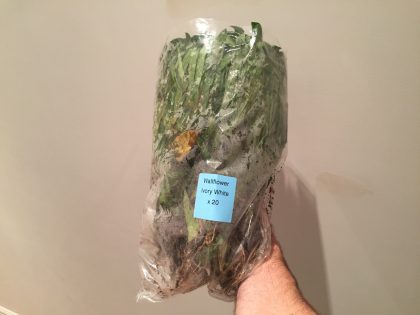
Finally, the last of the white flowers to arrive for this year are the Erysimum cheiri ‘Ivory White’ (aka Wallflowers). I ordered bare root from Mr Fothergill’s (on the right). They arrived mid week, so I plonked them loosely into a pot of compost and watered until I can plant properly on Saturday.
(Update: I have now planted over half of the wallflowers, the others I planted individually into pots of compost. Waiting to replace the Dahlias later in the month)
Freeing up space
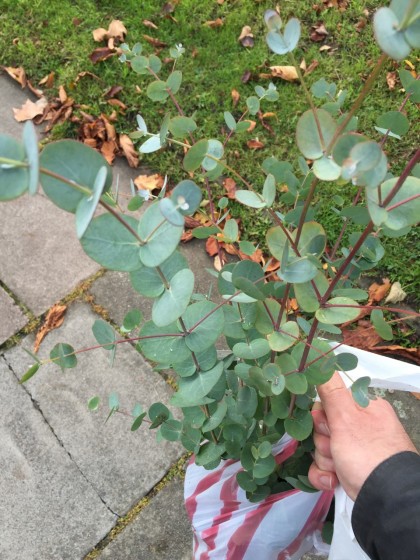
After reading 365 Days of Colour, I was also convinced to remove the red Cordyline australis, that I liked, but felt was not adding to the garden. It was also becoming a tree in the middle of a flower bed… It has now found another home with one of our building contractors 🙂
Which means, it will hopefully live to be enjoyed elsewhere, and our garden can become slightly more adventurous with some new additions. Including Eucalyptus gunnii, a recommendation as a good backdrop in 365 Days of Colour.
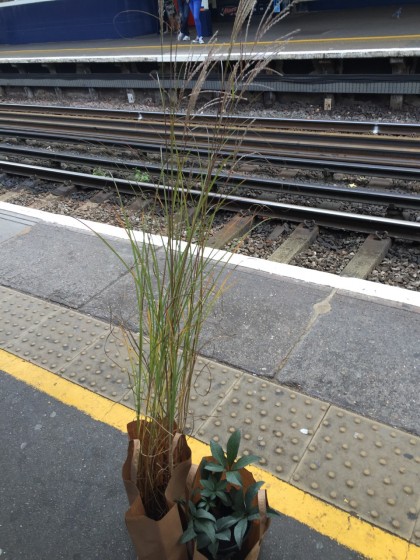
Grasses have been on the top of my ‘must research’ list all summer, as our garden felt like it was distinctly lacking their softness this year. Miscanthus sinensis ‘Gracillimus’ from The Palm Centre is the one that made the cut to sit next to the Eucalyptus as a backdrop – chosen because it is fluffy and unusual, but also quite upright.
I have a suspicion a Calamagrostis x acutifolia ‘Karl Foerster’ and a Pennisetum may find their way into the garden next spring too… sneaky grasses. Of course, I have my seed grown Briza media clumping up ready to flower next year, but I’m told this is a devil for rust infections.
To see if any of the white flowers flower and which Hellebore is best, please come back around March – April for the photos!

